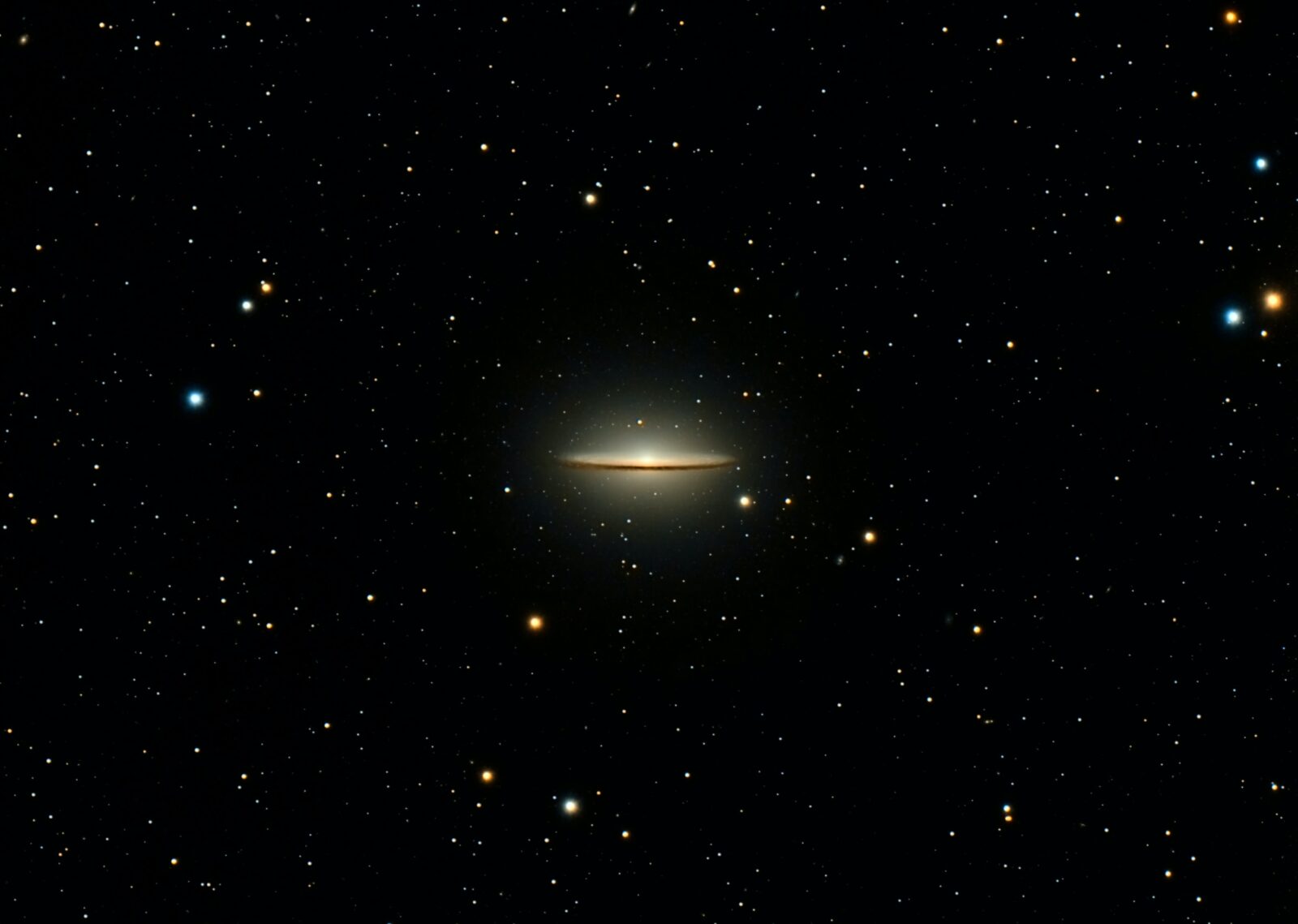With the first records from the James Webb Space Telescope (JWST), a group of academics recently filed a study to MNRAS in which they report the discovery of a candidate galaxy named CEERS-93316 that formed roughly 250 million years after the Big Bang and that also established a new redshift record of z = 16.7. This discovery is fascinating because it shows how effective JWST is, even though it has just recently begun returning its initial data. The Cosmic Evolution Early Release Science Survey, abbreviated as CEERS, was designed to take use of JWST’s imaging capabilities.
This new research cites a dozen prior investigations that used ground-based observations, the Hubble Space Telescope, and Spitzer Space Telescope to estimate objects up to redshifts z = 10. The study authors looked at imaging data from JWST’s main imager, the Near Infrared Camera (NIRCam), and concluded that CEERS-93316 cannot be a low-mass star or unimpeded active galactic nucleus. One of the main concerns of cosmologists is to understand what is going on in very young galaxies like CEERS-93316, which may be just 250 million years old.
Given this astounding discovery in the very first JWST data, it’s fascinating to speculate on how far back in time this record-breaking space observatory can view, and whether or not it can witness the Big Bang itself. Both Donnan and Bowler have noted that at this time there are no more observations scheduled for CEERS-93316, but they remain optimistic that this may change in the near future.
The Doppler effect, of which redshift is a component, is used by astronomers to calculate cosmic distances. The Doppler effect is sometimes shown by showing how the pitch of a sound wave changes as it moves towards and then away from you, often with the help of an ambulance or other emergency vehicle. The blueshift occurs in the sound waves as the item moves away from you, whereas the redshift occurs in the opposite direction. Having measured the farthest distant object in the universe to date, this new research has established a new redshift record.












Leave a Reply